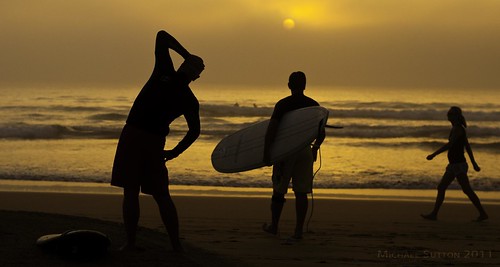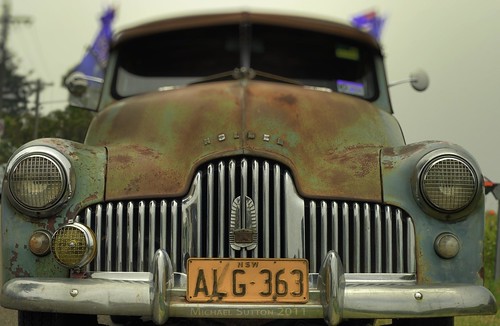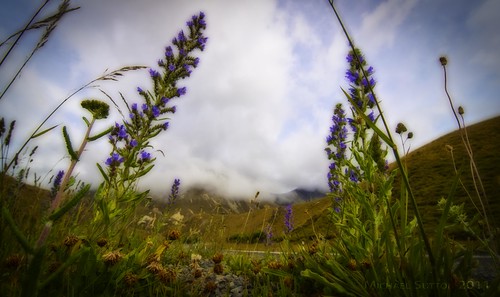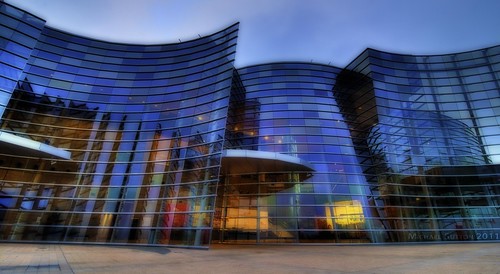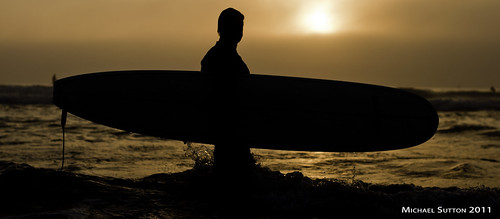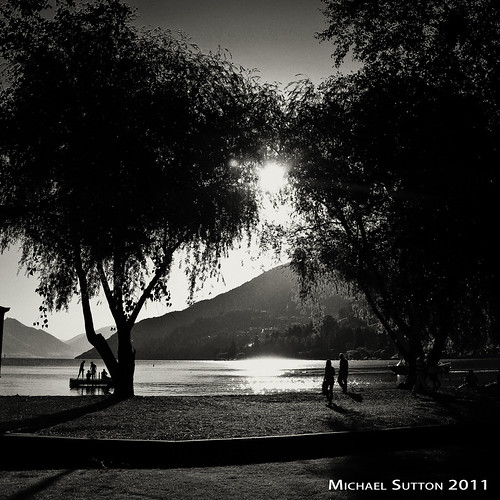Monday, January 31, 2011
Saturday, January 29, 2011
1953 Holden FX
"Made in Australia, For Australia" Ben Chifley, Prime Minister, 1948
Produced November 1948 to September 1953.
Australia was a different place in 1948, the Second World War had finished in 1945 and was still fresh in everyones memory. Australians of the time hungered for American style freedom and American styled cars, infact at the time America was very well loved and respected by the general population for the help they had given Australia during the war. It was in these years that only around 1 in 8 Australians owned an automotive but by the time Holdens new construction had finished its run this ratio was closer to 1 in 4.
This model was where it all began, often referred to as the FX Holden, it's real name is the 48/215, 48 being the year it started production and 215 being Standard Sedan (the numbering system remained with Holdens for many years to come with 215 always signifying the Standard type of each model). When produced the FX was the first mass produced six seater car produced in Australia and it had to compete with 4 cylinder British cars as well as many American vehicles. Much of Australian automotives of the time were either pre-war Workers with FX Grills during manufacture.
American or British and so an Australian car was very well recieved, especially by government and businesses who snapped them up like hot cakes to replace their pre-war American fleets.
The FX was given a 2.17 Litre 6 cylinder motor which was later referred to as a "Grey Motor" due to its colour. The motor was used with a 3 speed column shift gearbox and could achieve around 30 miles to the gallon and 80 miles per hour (with a hefty run up). The Grey Motor was used right up until the EH Holden was preduced in August 1963 with the new "Red Motor".
The standard features of the FX Holden included a key-operated drivers door lock, flipper windows, no chrome mouldings, adjustable air scoop between the bonnet and windscreen, no heater, one sunvisor, one tail-light and no turn indicators (people of the time used an arm out the window to indicate which direction they wished to turn). Options included an 'Air Chief 5' radio, lefthand side sun-visor, a rear venetian blind, a locking petrol cap and a heavy duty oil bath air-cleaner. There was only 4 exterior colours available: Black, Convoy Grey, Gawler Cream and Seine Blue.
In 1951 the first Holden ute was produced and it was another hot cake, especially for farmers and workers.
Even though the 48/215 showed a lack of refinement it was still in such demand that General Motors Holden had to release a book of testimonials saying why the Holden was worth waiting for. It took a year for Holden to lift production to 1000 cars per month (it originally was 10 per day) but by 1953 when they released the first of the "Business Sedans" (bought by businesses like taxi companies) they had lifted production to around 200 cars a day.
Friday, January 28, 2011
Arthurs Pass New Zealand
Arthur's Pass is a township in the Southern Alps of the South Island of New Zealand, located in the Selwyn district. It is a popular base for exploring Arthur's Pass National Park.
Arthur's Pass township is about 5 km south of the mountain pass with the same name. Its elevation is 740 metres above sea level surrounded by beech forest. The Bealey River runs through the township.
The township and the pass are named after Sir Arthur Dudley Dobson (1841–1934). Arthur Dobson had been tasked by the Chief Surveyor, Thomas Cass, to find out if there was an available pass out of the Waimakariri watershed into valleys running to the West Coast. In 1864, his brother Edward joined him and accompanied him into the valley of the Otira River. Arthur had been informed of the presence of a pass which had been used occasionally by Māori hunting parties by a West Coast Māori Chief, Tarapuhi. When Arthur returned to Christchurch, he made a sketch of the country traversed and gave it with a report to Cass. Arthur Dobson did not name the pass, which he found to be very steep on the western side.
When the gold rush began, a committee of businessmen offered a £200 prize for anyone who would find a better or more suitable pass from Canterbury to the West Coast. At the same time, Edward Dobson (Arthur's father) was sent to examine every available pass between the watershed of the Taramakau, Waimakariri, and the Hurunui, and after examining passes at the head of every valley he reported that "Arthur's" pass was by far the most suitable for the direct crossing.[1]
The township was originally built as a construction village for the building of the Otira Tunnel, which was started on 14 January 1908.[2] Arthur's Pass township was reached by the railway in 1914, while the Westland section having advanced to Otira. Construction of the tunnel was very slow. The tunnel was finally completed in 1923.
A power station was built below the Devil's Punchbowl Falls to provide electricity for the tunnel construction and the village itself.
In 1929 the Arthur’s Pass National Park was created.
Christchurch Art Gallery Te Puna O Waiwhetu
Christchurch Art Gallery Te Puna o Waiwhetu is the largest art institution in the South Island and home to one of New Zealand's most important public art collections.
Located in the heart of the city's Cultural Precinct, our Maori name, Te Puna o Waiwhetu, relates to the life-giving properties of the artesian spring on which the Gallery is built and our role in contributing to the cultural wellbeing of the community.
Thursday, January 27, 2011
Sunday, January 23, 2011
Fire & Ice
Fire & Ice, Akaroa, New Zealand.
This shop, which began its life as a bakery, has associations with one of Akaroa’s early Scottish families.
Category: Commercial Buildings
Date: 1884
Street Address: 6 Church Street
HPT registered? No
District Plan Listed? Yes
Among Akaroa’s early settlers were a Scottish couple, Peter and Elizabeth Brown. The Browns arrived in Akaroa in 1843, ran a bakery for some time, then went elsewhere on the Peninsula seeking work. They were back in Akaroa by 1856, the year in which the town’s first Presbyterian service was held in their home.
Widowed in the early 1860s, Elizabeth bought a section on Church Street on which she built a cottage. In 1876 she bought a second section on Church Street, on the corner of Aubrey Street. Three years later, she passed this section on to her son Campbell who ran a bakery on the site from 1880. In 1884, the premises burned down. A new building was quickly erected. This is the surviving two-storey, plain Italianate building. The bakery moved into the new building.
A number of businesses have occupied it since the bakery closed. Some recent changes have impaired the historical authenticity of the building, but when it was threatened with demolition in 1996, a spirited campaign was mounted to save it.

